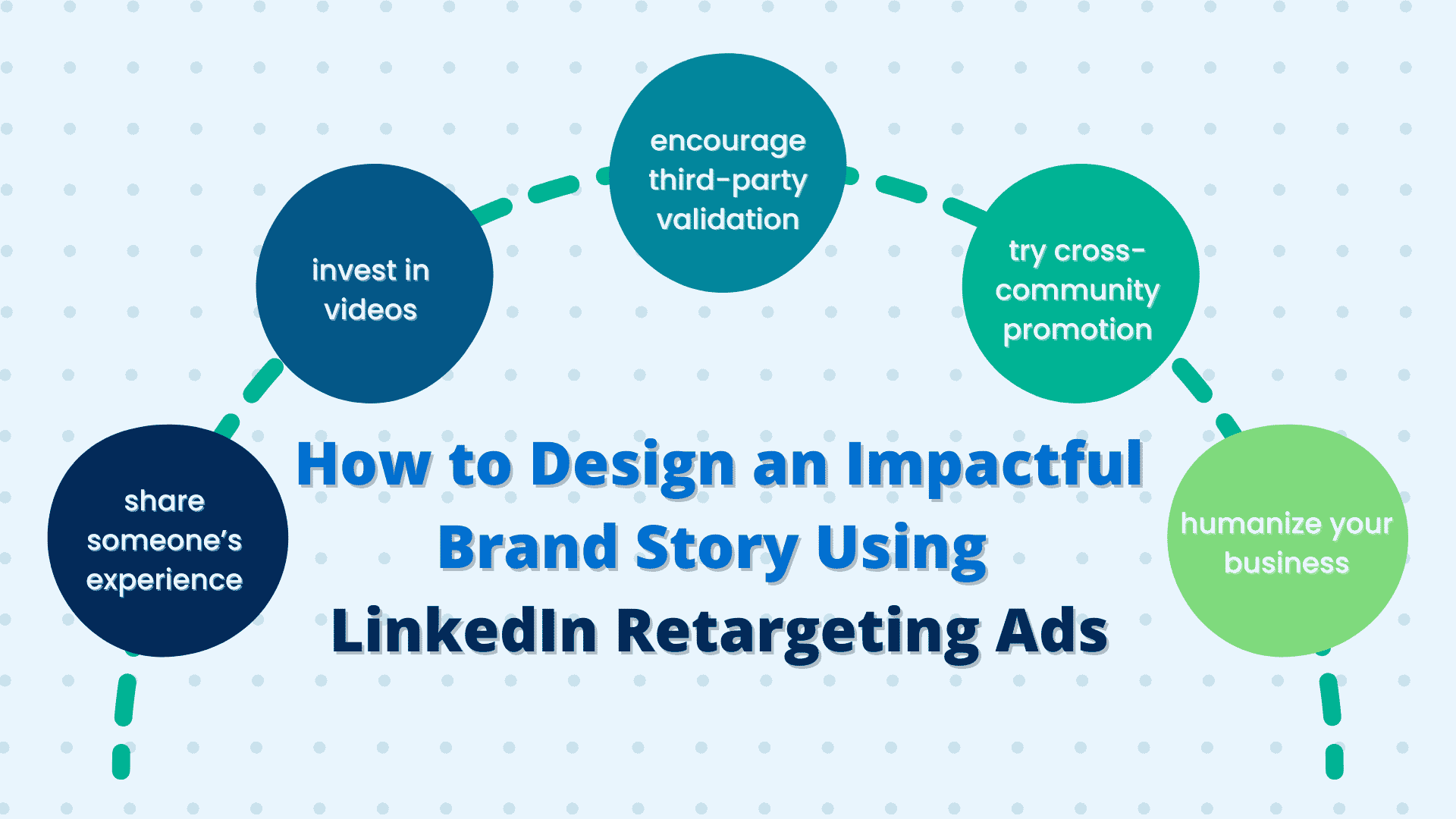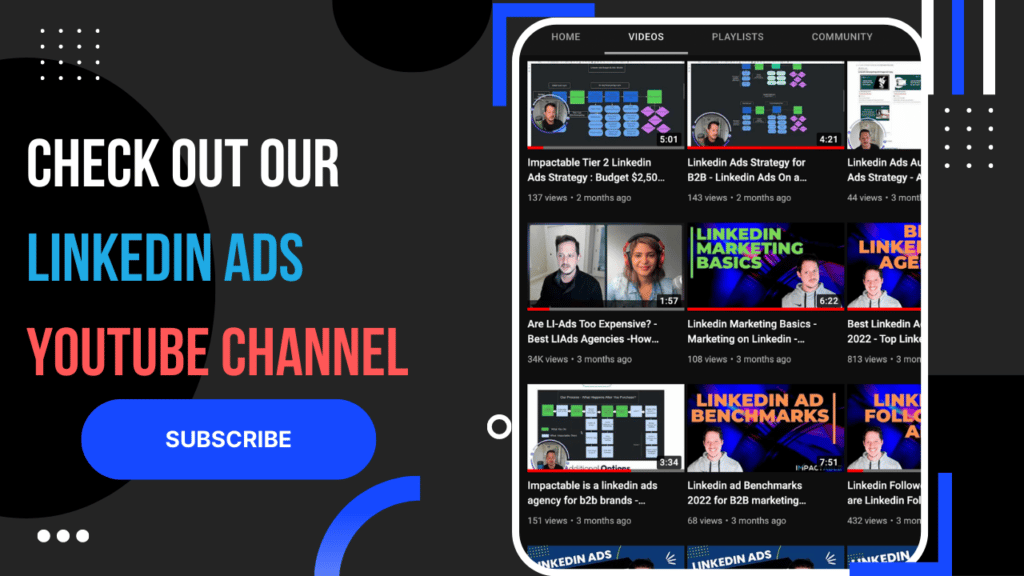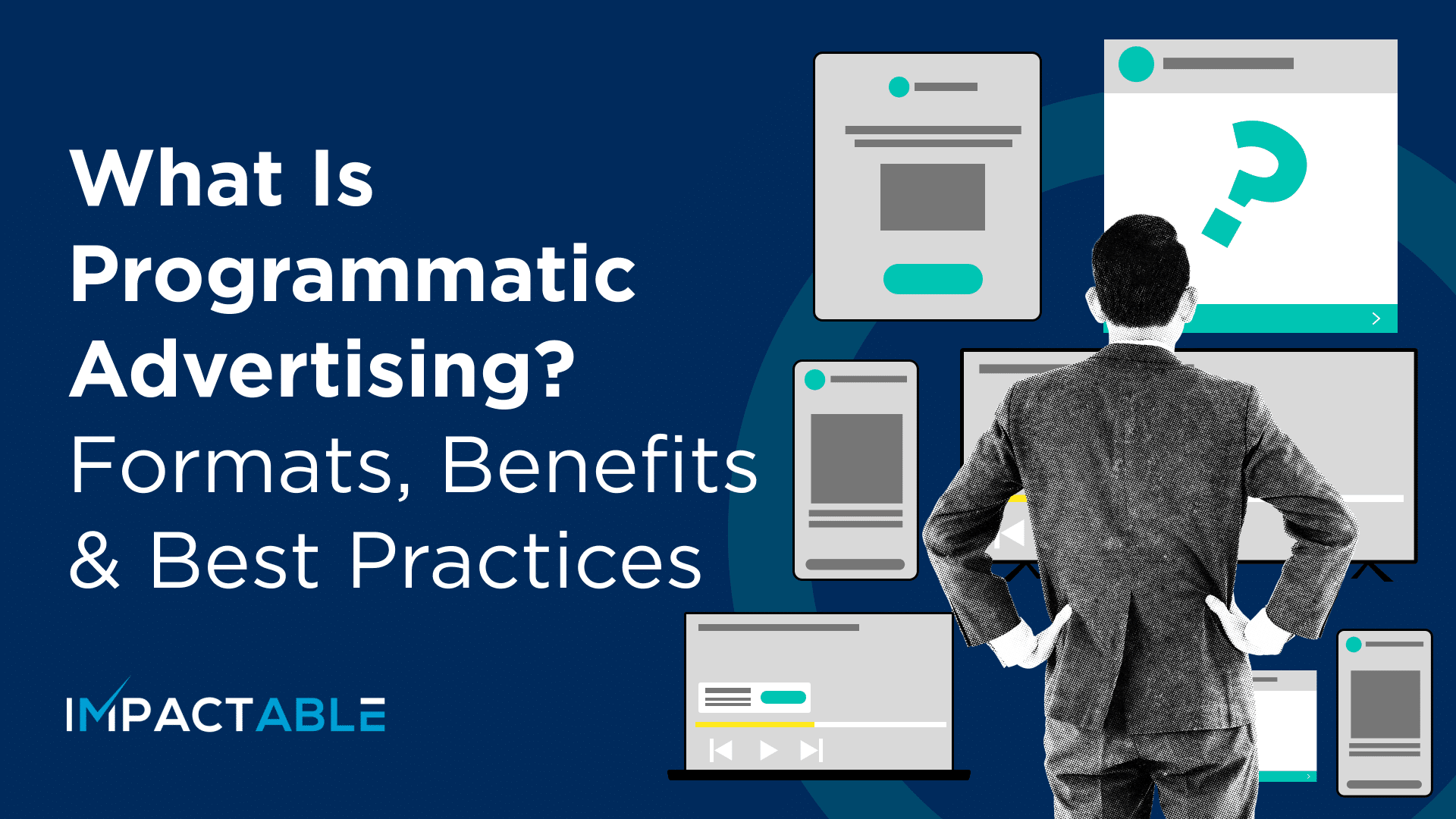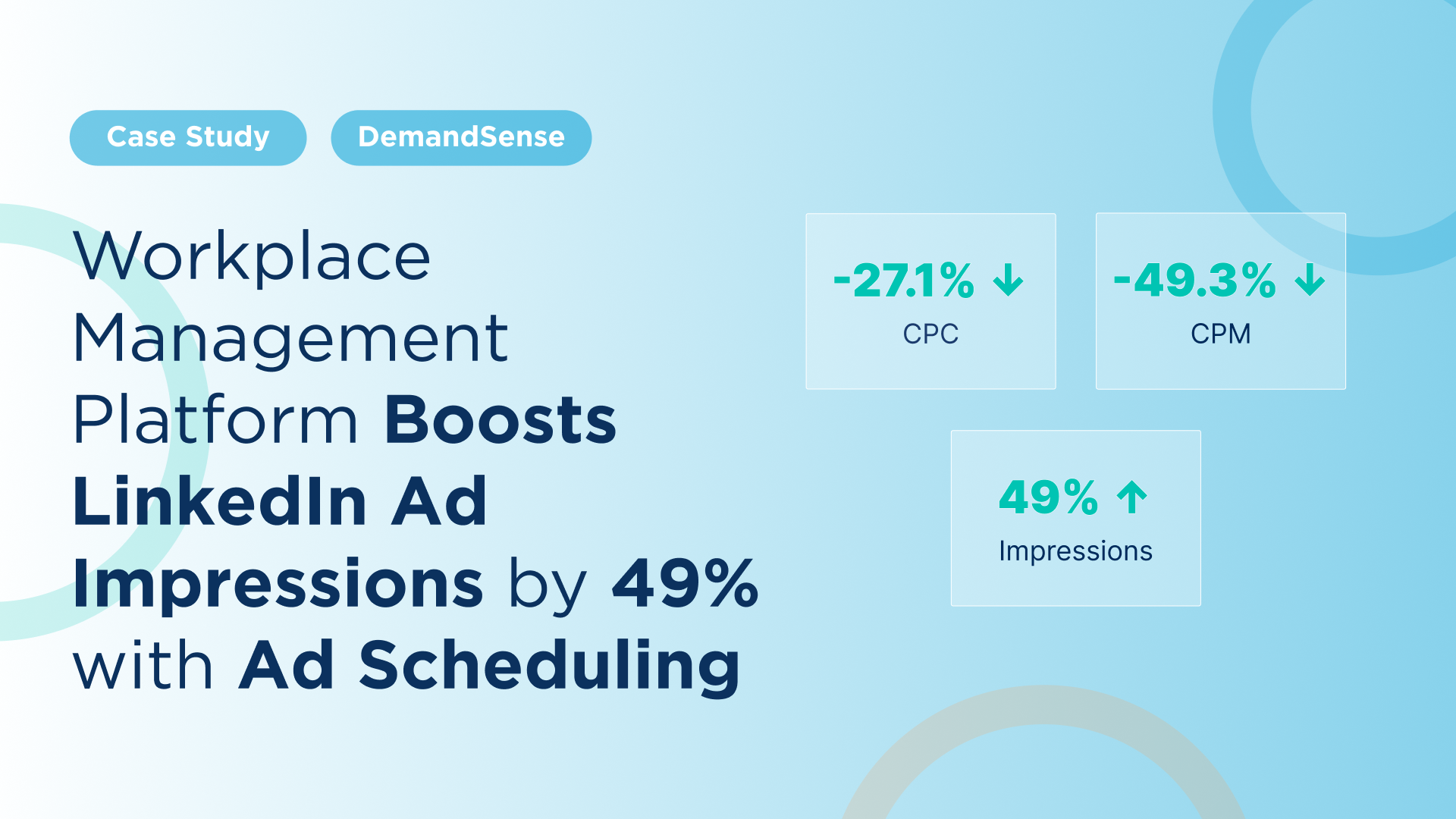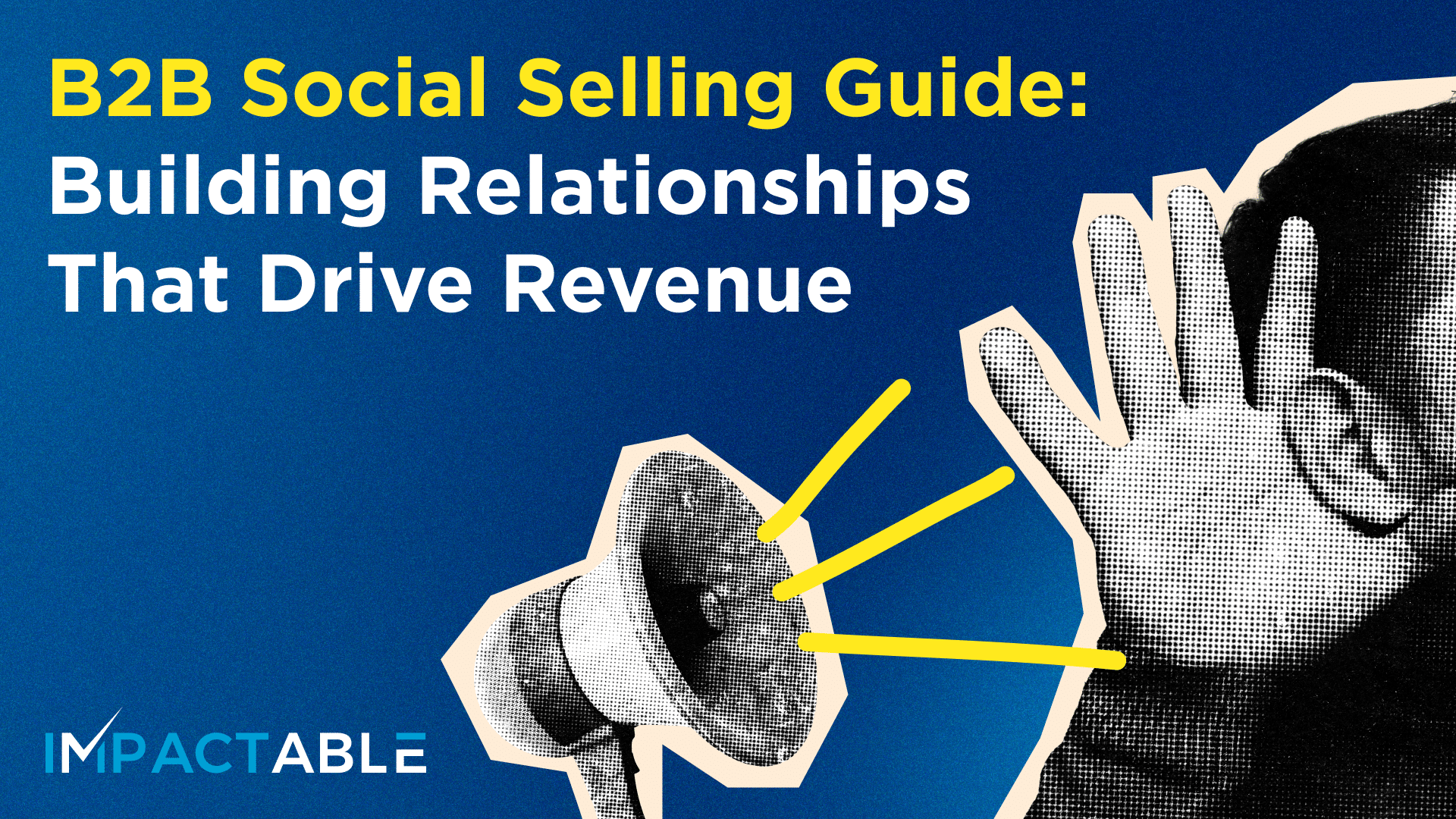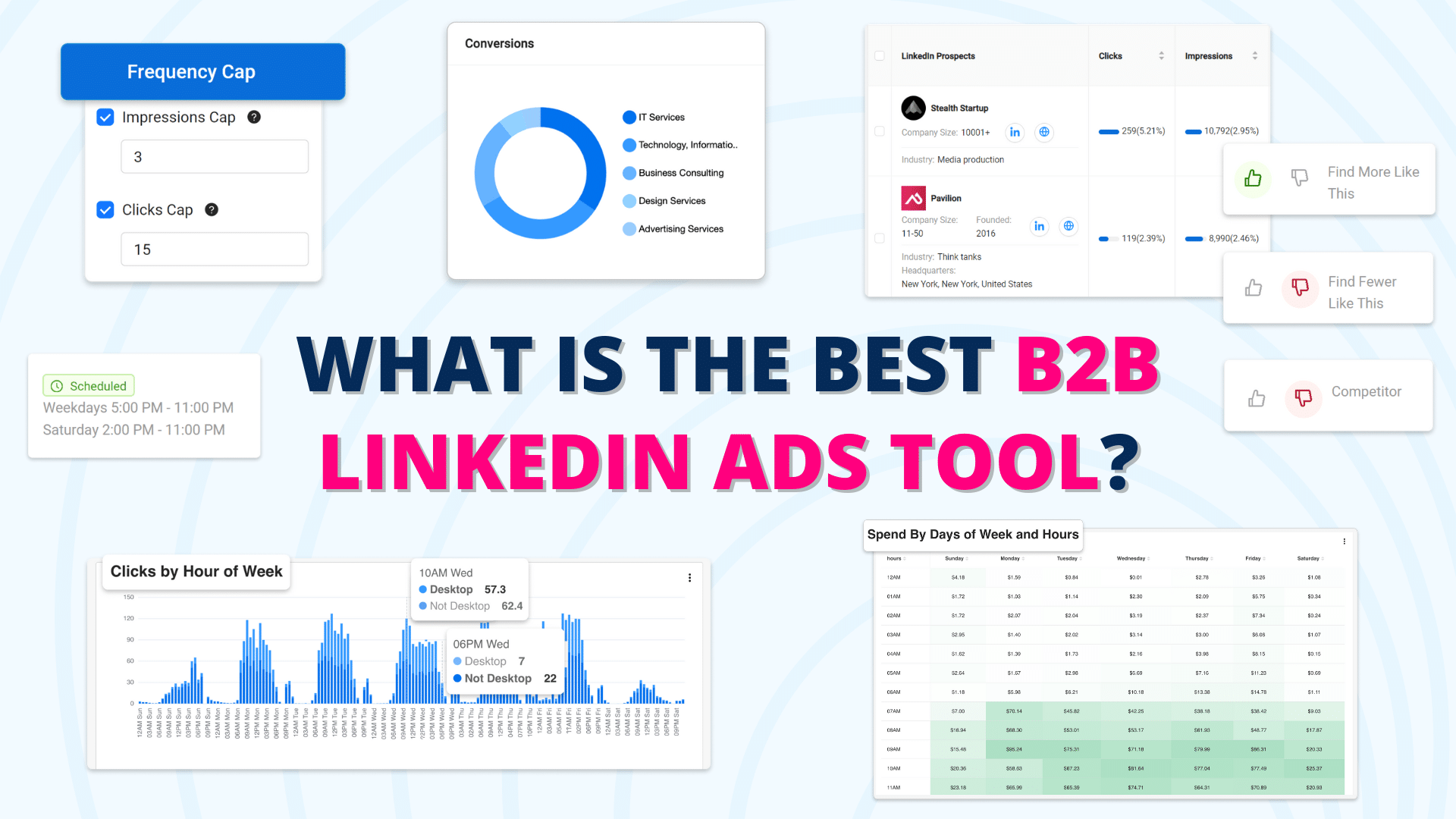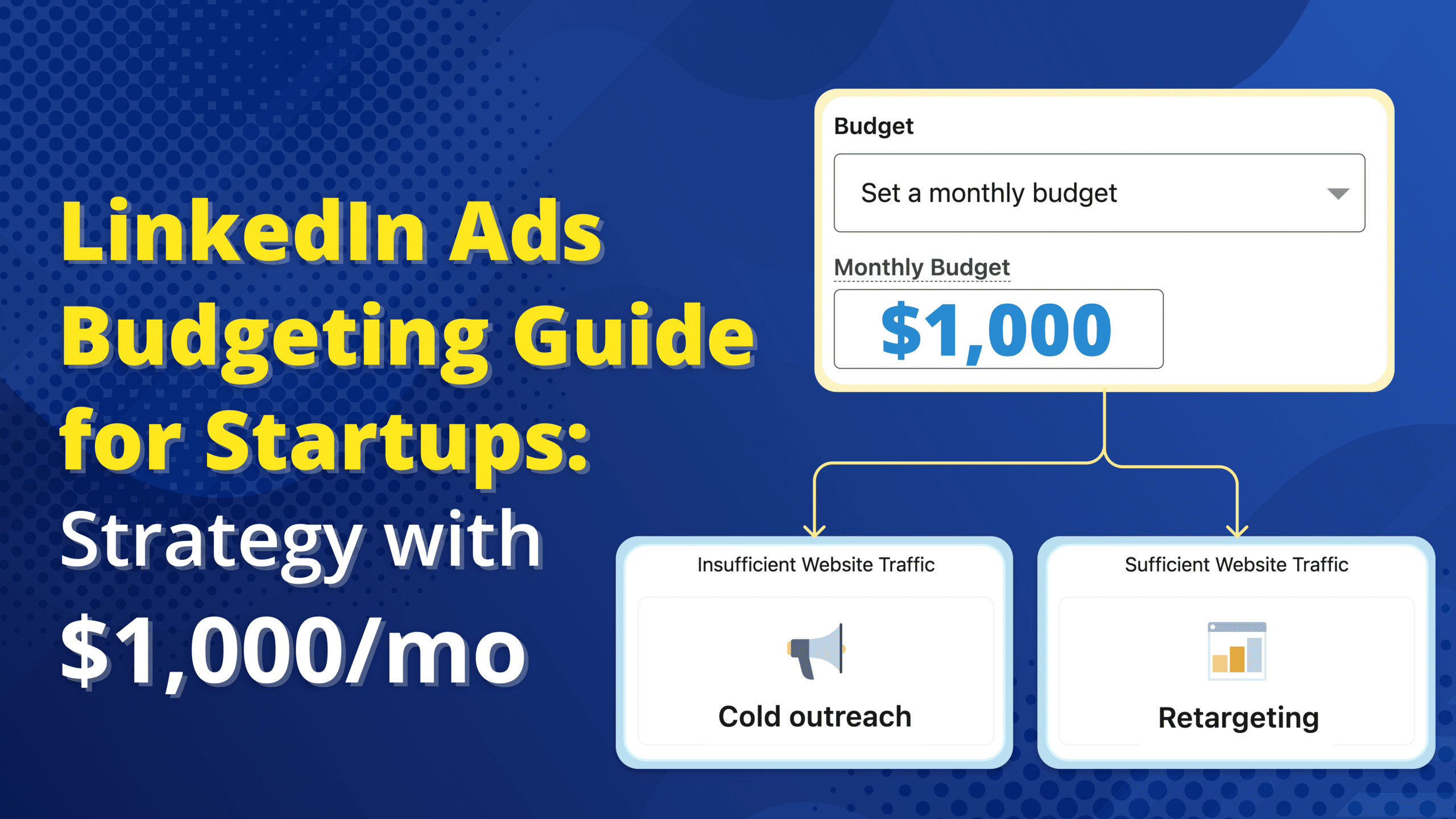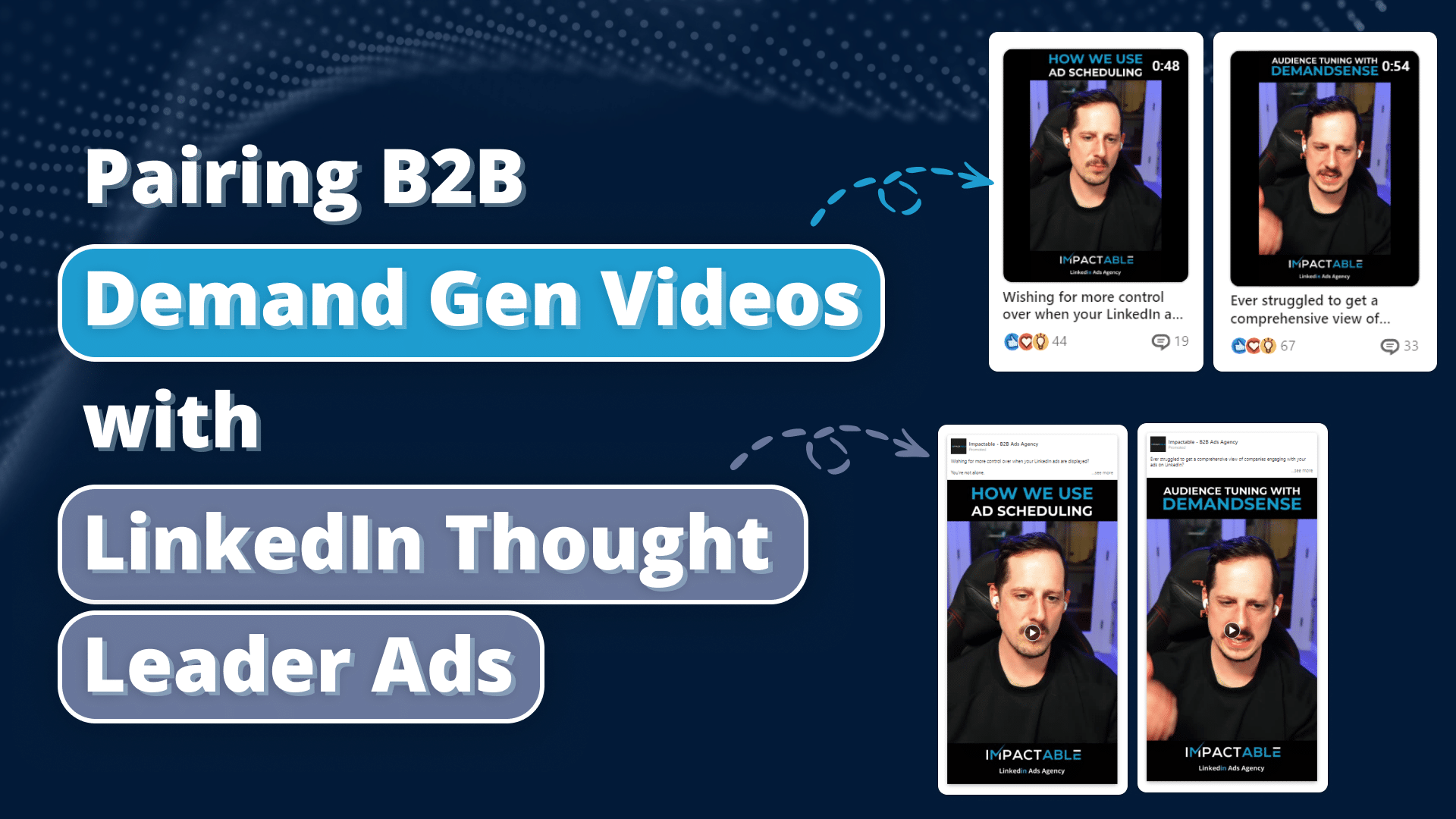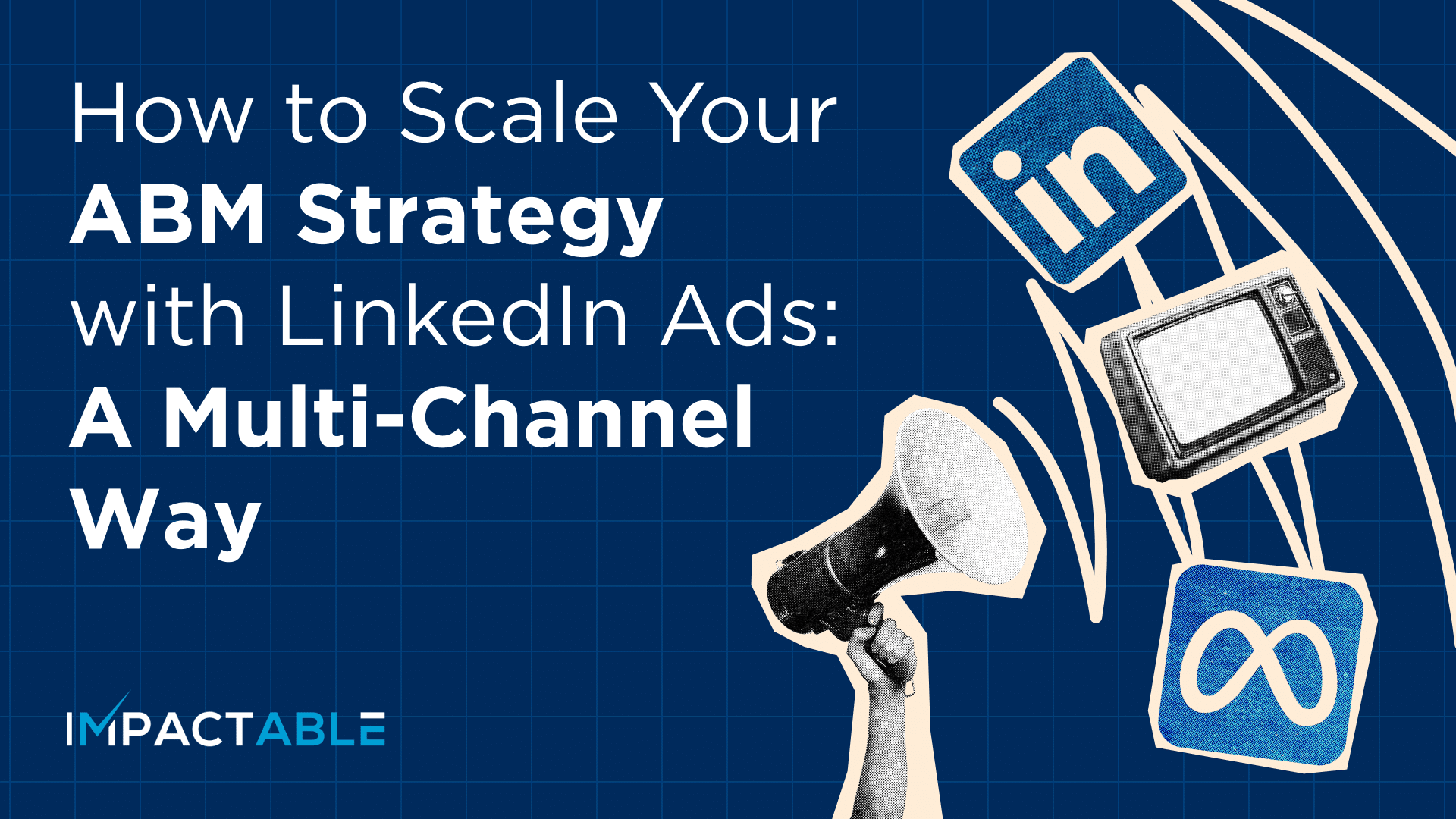Scientists, over the years, have tried to acquire a deeper understanding of the neurological response that a well-crafted narrative elicits and have concluded that we are biologically programmed to seek out stories that we resonate with.
In current times, when brands are occupied with optimizing content for algorithms, the simple concept of storytelling can be a game-changer in terms of capturing people’s attention, baking information into their memories, and facilitating close, personal bonds. Instead of a cut-and-dry pitch about why a customer should buy your products, it gives people a cohesive, heartfelt insight into what your brand stands for and the specific problems you solve. This is especially true when you’re investing in paid ads to generate new leads, and/or retargeting customers who have interacted with your brand in some capacity without making a purchase.
Most companies simply create a list of people who have visited their website and repeatedly show them the same ads, hoping for results. We looked at some of them and noticed that even the established big-names spending $500,000 a month on LinkedIn ads employ dated retargeting strategies to convert prospects. To make a lasting impression, it’s important to move beyond ads that simply outline your many offerings, and/or boast of your long list of clientele.
In this article, we will talk about the importance of using storytelling in ad campaigns and how you can use LinkedIn retargeting features to create an emotionally-charged, sales-friendly narrative for your brand.
Let’s dive in!
How to Create Your Brand Story Using LinkedIn Retargeting Ads?
Hubspot recommends that your brand story should “recount the series of events that sparked your company’s inception and expresse how that narrative still drives your mission today”. And, we couldn’t agree more. Consider your favorite fictional character. The reason you feel a strong connection with them is that someone wrote a narrative that highlights the character’s hopes, dreams, and motivations. As a marketer, you are expected to take a similar approach when talking about your brand. Here are some quick pointers to get you started:
1. Share Someone’s Experience
According to the B2B Content Marketing Trends Report (2013), case studies and customer testimonials are the most effective content marketing tactics for influencing purchasing decisions.
Prospects hearing about a product from people they identify with (their industry peers, for example), instead of a brand trying to sell them something, establishes trust and credibility. Think about all the times you have simply relied on product recommendations from friends and family before spending money. With the advent of the internet and social media, this phenomenon of ‘word-of-mouth’ marketing has also moved online, and you’d be surprised by the number of people who trust customer reviews from complete strangers.
At Impactable, we started retargeting website visitors with ads that showcased testimonials, feedback, and/or case studies from existing customers. This helped illustrate the impact of our client’s offerings and successfully persuaded prospects into a further engagement. We didn’t stop there — on closer inspection, we realized that we weren’t using our video ads to their full potential and decided to spruce them up by creating a series of video testimonials for a campaign, which brings us to our next point.
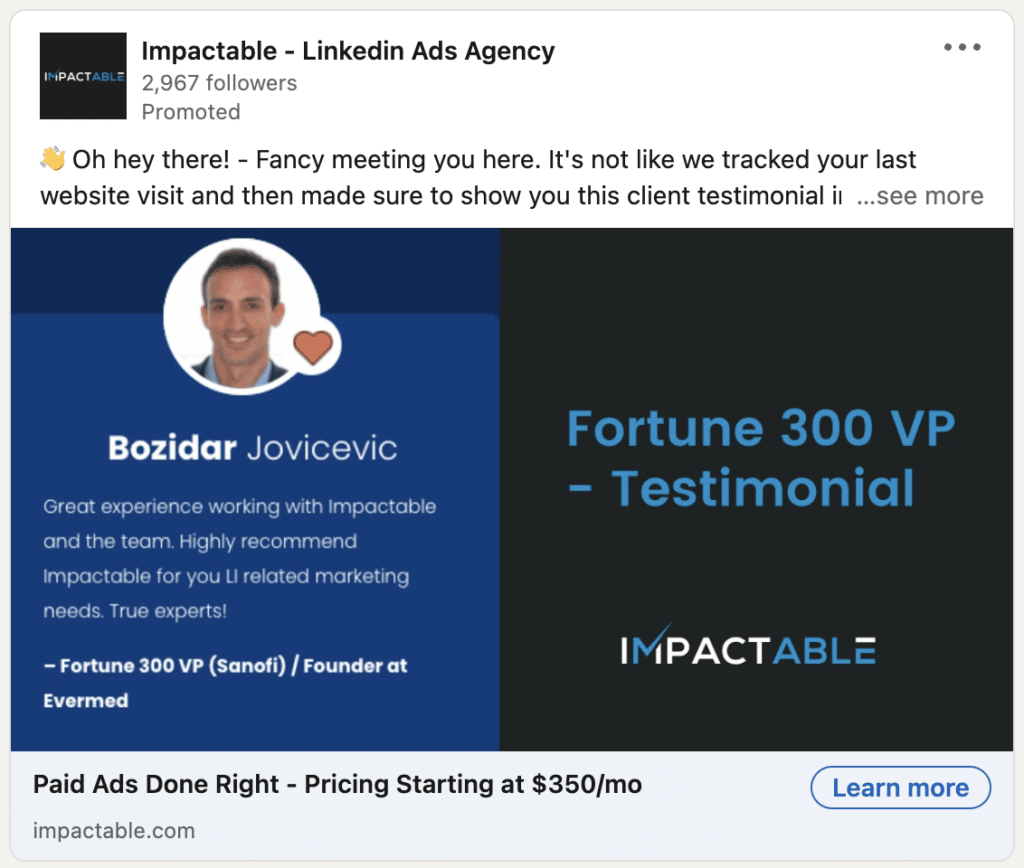
2. Invest in Videos
In addition to a noticeable improvement in conversions, around 72% marketers observed a significant increase in ROI when using video testimonials. Even a short 30-second snippet of a customer sharing their experience with your brand is enough to spark an emotional appeal while providing social proof to the viewers.
You can also use video to make your case studies more visual and interactive. People are often hesitant to go through a text-based, long-form account of how your products helped a customer, but a before-and-after style video can do wonders for reaffirming your expertise. You can give prospects an insight into how you approach a problem and what your creative process looks like when servicing a client. The larger message here is that video is an excellent story-telling medium, more powerful than images, and should be incorporated into your overall retargeting ad strategy. What’s better? Linkedin offers a variety of formats and audience segmentation features for video ads that you can use to fulfill your campaign objectives. For example, you can add a prominently visible CTA to every video to drive qualified traffic to a landing page.
When we run LinkedIn retargeting ads for Impactable, we circulate a demo video that takes the viewer through our full range of offerings. Towards the end, an actionable CTA encourages them to book a call with one of our representatives. Over time, we have noticed that when we are on call with people, they are more inclined to convert if they have come across our demo video ads before. When compared to someone who has not seen the video, they appear to have less questions, and don’t require as much convincing.
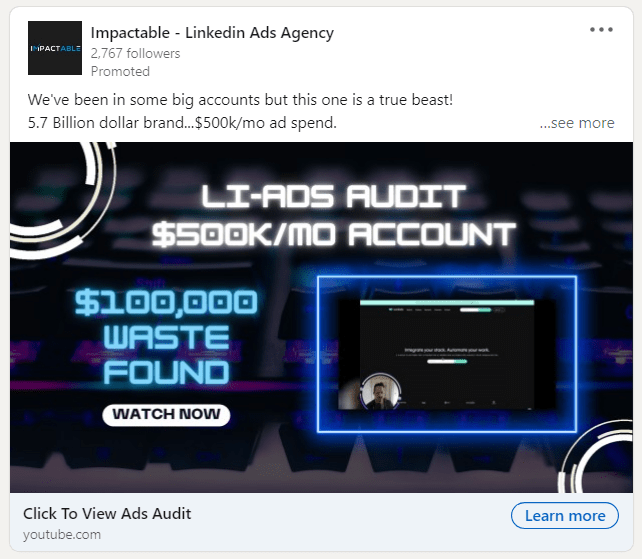
3. Encourage Third-Party Validation
Similar to testimonials, a third-party validation offers social proof to a brand; it says, ‘hey, not only are we relevant, but we are also experts in the market’.
Establishing and building on credibility and trustworthiness is essential for all SME and enterprise brands today, and claiming your space in the digital landscape is just the first step. At the same time, pursuing meaningful relationships with media outlets and influencers in your industry is also recommended for facilitating brand mentions.
LinkedIn also has industry-specific forums and events that offer an inexpensive way to boost your authority and technical know-how — you can join the conversation or contribute to a discussion with a well-informed take on the subject matter at hand. Your tone should be conversational and approachable so people don’t shy away from responding to what you have to say. Here, you’re not hard-selling, and that lends a certain authenticity to your presence.
LinkedIn retargeting ads can be used to boost all these interactions — whether it’s a glowing customer review, a micro-influencer giving a shout-out to your product, a published media piece talking positively about your brand, or a discussion forum making a note of your thought leadership. This could tremendously help in presenting a unique, noteworthy brand story to your target audience that’s backed by third-party social validation.

4. Cross-Community Promotion
We have had great success with using LinkedIn retargeting ads to redirect our target audience to our other online communities like a Facebook group, YT channels, a newsletter, or a podcast. Remember, the people you’re retargeting aren’t new to your brand and will be more open to engaging with your content across different channels.

Not to mention, 92% of first-time website visitors do not make a purchase and instead are more keen on comparing prices and product specifications. Nurturing these prospects, who have already shown interest in your brand, with conversion-driven ads is not enough, as they might not be in the ‘consideration’ stage of the sales cycle. You have to introduce multiple touchpoints in your retargeting strategy — if they aren’t fully convinced about making a purchase from your LinkedIn ads, maybe they’d feel more at ease after watching a YT video showing off your deep niche expertise or a video interview from another industry expert which offers third-party validation?
A McKinsey report found that brands with multiple digital touchpoints and capabilities are able to close sales at a rate that’s 2.5 times greater than their competition. Additionally, they also garner more positive word-of-mouth online as a direct result of their multi-channel footprint. Depending on the target demographic (age, gender, location, job type, seniority, etc), and the product you’re selling, your customers might be more receptive to and/or picky about specific channels at various stages in their buying journey. Therefore, as the marketplace evolves, it’s important not to put all your eggs in one basket. Branch out to platforms and mediums that can keep the initial momentum going, and use retargeting ads to build an audience for all of them.
5. Humanize Your Business
All brands, no matter how big or small, are built and managed by a team of dedicated, hard-working people, and yet, most customers complain about marketing messages being monotonous and robotic in their delivery. The ‘human’ element is sorely missing, especially from retargeting ads, and that’s enough to turn away prospects that are otherwise intrigued by your offerings. People want to know not just what you are selling but what you stand for — your mission statement, your brand values, and your company culture. They want little glimpses of the faces behind the products to get a lucid view of the more ‘big picture stuff’.
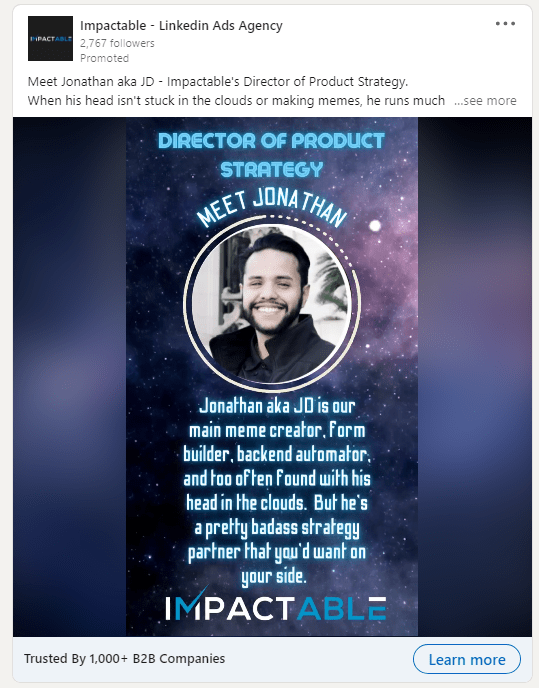
When running LinkedIn retargeting ads, you can showcase different aspects of your brand story by rotating 5-12 content pieces that best reflect the customer experience you provide. This gives people a general idea of not just who you are and what you do but also what they can expect by engaging with your brand over your competitors.
What Should Your LinkedIn Retargeting Ad Strategy Look Like?
When a prospect visits your website for the first time, they are presumably in the ‘awareness’ or the ‘consideration’ stage of the sales funnel, which means they have a high purchasing intent and are gauging the market for options before making a decision. Here, you must ensure that they don’t forget about you once they close the browser tab.
When you expose your prospects to a series of strategically crafted (and scheduled) ads within 90 days of interacting with your brand, you’re establishing multiple touchpoints for them to convert. Your content, including offerings, case studies, customer testimonials, and operational ethics, gives them a breakdown of what sets you apart from the competition. At Impactable, we have had great success with single image ads, video ads, lead generation ads, and message ads running during this time.
On the other hand, between 90 to 180 days, text ads and follower ads, apart from being cost-effective, are expected to yield better results. People might not be big on decision-making during this time, but it doesn’t hurt to throw your name out there without being intrusive. Not to mention, you can track your engagements, including clicks, comments, likes, and shares, which makes it easier for you to further streamline your retargeting efforts. For example, certain people in your target audience might click through your ads and visit your website multiple times. You can group them into a separate segment and expose and ad another layer of retargeting, wherein, they are served campaigns with high-intensity CTA, like, “Hey, it seems like you are really interested in our brand, and might have some questions, fill out this form and we will reach out to address your queries” or “Here’s a quick link to book a product demo, our representatives will be in touch within 24 hours”.
You can create multiple retargeting layers for LinkedIn ads and recalibrate your campaign strategy based on a prospect’s last engagement with your brand and the type of engagement.
How Can ADP Help with Effective LinkedIn Retargeting?
The Account Data Platform (ADP) can come in handy when you’re trying to communicate your brand story using LinkedIn retargeting ads. For example, you can schedule and rotate your ads to ensure that prospects see the full range of your ads and story. Not to mention, if you have multiple posts, even as little as 10, in the pipeline, you’d just be burning a hole in your pocket by running individual campaigns for all of them simultaneously. Therefore, you can schedule your LinkedIn ads to run, say, 5 on Monday, Wednesday, and Friday, and the remaining 5 on Tuesday, Thursday, and Sunday. Or, you can split them up based on timings, wherein you schedule all of them for the week but with 5 running during morning-afternoon and the others during evening-night. This also gives you enough room for experimentation, allowing you to create more and different types of creatives that your audience can be exposed to for the same ad spend.
Conclusion
In the digital age, people are in control of the information they consume, and they are undoubtedly tired of receiving cold calls, social media ads, and email blasts asking them to ‘buy, buy, buy’. On the contrary, a simple, digestible narrative that explains why your brand came into existence, and how your products/services are disrupting the status quo is more likely to get everyone’s attention.
We hope this article helped emphasize the strong correlation between showcasing a positive, impactful brand story and converting prospects into loyal, paying customers. If you’re looking to build a strong, sales-friendly narrative, LinkedIn retargeting ads, when used in conjunction with ADP, can really expedite the process. For any further guidance, our team will be happy to tend to your queries. Book a call with an Impactable representative today!


